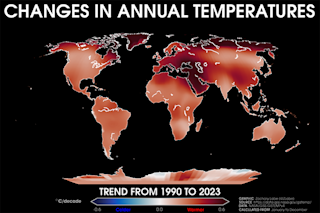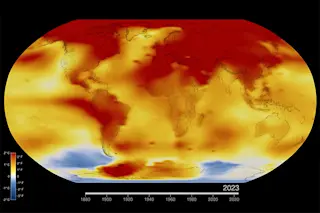The GOES-16 weather satellite captured the image data used in this animation showing the evolution of a classic comma-shaped storm off the East Coast. The animation starts on March 25 as the storm is blowing out into the Atlantic and ends on March 27. Note: after clicking on the image you will be taken to another web page and may have to hit the play button to start the animation. (Source: RAMMB/CIRA/SLIDER) I first spotted a still image of this striking comma-shaped storm on Twitter. Captured by the GOES-16 weather satellite, the storm had already blown across part of the United States, dropping rain and snow along the way, and out into the Atlantic. Had it hugged the coast instead of pushing farther eastward, it would have been the fifth nor'easter in a row for the battered East Coast. Luckily, it did not. So now we can simply marvel at ...
This cyclone almost became the East Coast's fifth nor'easter. What accounts for its beautiful comma shape?
Discover how the GOES-16 weather satellite revealed a remarkable comma-shaped storm off the East Coast, evolving into an extratropical cyclone.
More on Discover
Stay Curious
SubscribeTo The Magazine
Save up to 40% off the cover price when you subscribe to Discover magazine.
Subscribe













